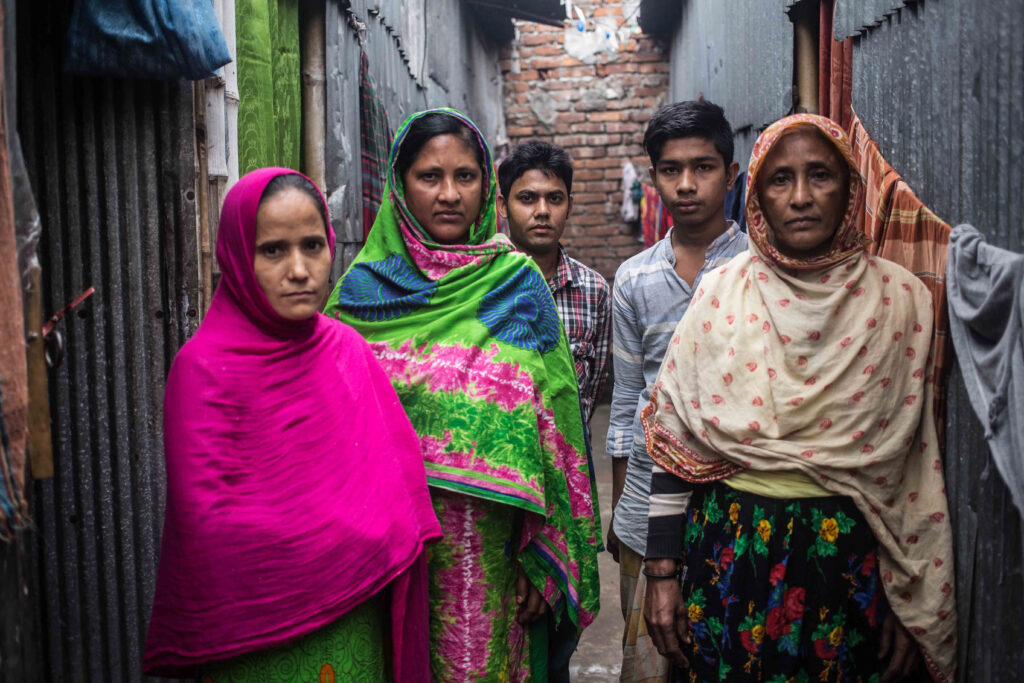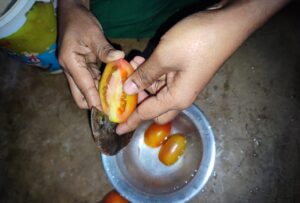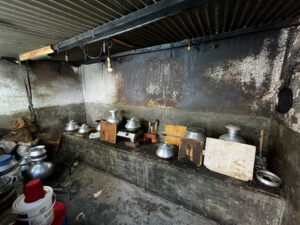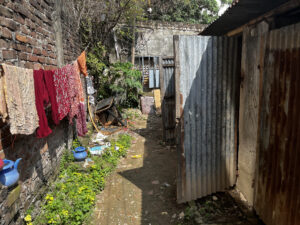Learn what workers will be able to buy if they get what they are asking for
Workers’ Demands to the Bangladesh Minimum Wage Board

The Government of Bangladesh formed the minimum wage board on April 10, 2023. This was in accordance with Bangladesh’s labor law, which requires the formation of a board and a review of the minimum wage in the Ready-Made Garment (RMG) sector every 5 years. The last time the board met was in 2018, when it set the minimum wage for the lowest paid worker at Tk. 8,000 per month.
According to multiple news sources, garment worker unions are demanding a minimum wage of either Tk. 22,000 or Tk. 23,000 per month for the lowest paid worker in the RMG sector; or in a range of Tk. 20,000 to Tk. 25,000 for workers at different experience levels. According to Labour Behind the Label these numbers are based on calculations by the Bangladesh Institute of Labor Studies (BILS) published in a report in January 2023. The numbers are also very close to the living wage numbers the GWD reported back in September 2022, which ranged from Tk. 19,900 to Tk. 23,900, depending on the quality of housing the wage would cover. BILS and GWD used the same methodology with slightly different assumptions to come to the same numbers.
The numbers are even closer when one takes into account that inflation has been running at just under 10% a year, according to the Bank of Bangladesh. Taking into account inflation, our new estimates would range from Tk. 21,900 to Tk. 26,300 for 2023. Given this convergence of GWD’ estimates and the unions’ demands, we can easily draw a clear picture of what the workers are asking for–we can tell you what the unions’ wage demands will buy.
Food
The wage demands will buy the minimum amount of food a family needs to survive, consuming a mix of rice, wheat, potato, pulses, milk, eggs, fish, meat, 4 types of vegetables, onion, 4 types of fruit, cooking oil, tea, and sugar. The typical cost of these basic foods for a family of four in July 2022 was about Tk. 12,000. After adjusting for inflation, the cost in July 2023 would be Tk. 13,200.
Housing
In addition, the minimum wage will help them pay the rent on a housing unit.
Workers’ current housing
Typically, a worker and their family live in a housing unit consisting of:
- One room around 100 square feet or just over 9 square meters
- One bed for all persons sleeping in the room
- A toilet and bathroom shared with nine other households
- A cooking area shared with nine other households
Shared kitchen
Shared bathroom (exterior)
Readers might consider this to be inadequate housing and a wage that only covers the typical rent (about Tk. 3,800 per month) on such a unit should not be considered a living wage. And the workers participating in the GWD survey tended to agree.
Adequate housing
We asked a sub-sample of them what they would consider to be adequate housing. They told us that there should be more than one room, to accommodate multiple family members, plus a kitchen and bathroom, all with a consistent supply of water, cooking gas, and electricity. They also mentioned their need for adequate outside light and ventilation, and many wanted a balcony. This description of adequate housing from a worker in Narayanganj captures the aspirations of many of the workers GWD researchers spoke to:
“A bigger room, separate room for every member of the family, a balcony, enough light and air, attached bathroom and kitchen, good supplies of utilities like electricity and water.”
To account for the differences between the reality of workers’ current inadequate housing conditions and their (modest) aspirations for adequate housing, GWD estimated a range of rents that might meet the minimal needs of workers. At the lower range is a housing unit with 2 smaller rooms in addition to the 100 square feet room they are already living in. These additional rooms might accommodate a second sleeping room and a kitchen or bathroom. At the higher end of the range is a unit with 4 additional rooms, which could accommodate 2 additional sleeping rooms, a kitchen, and a bathroom. We estimated the rent on these units would range from Tk. 9,600 to Tk. 15,300 per month, based on our interviews with workers who were renting larger housing units.
Non-Food, Non-Housing Costs
We also asked workers about their non-food, non-housing (NFNH) expenses. These include expenses such as mobile phone charges, personal and household cleaning products, clothing, medical treatment, school fees, fuel, and transport. Based on the answers we received and also estimates from other sources, we estimated that NFNH expenses add up to just under Tk. 6,900 per month. On top of these expenses we added a 5% margin (of all expenses) to cover emergencies and another 5% to cover money transfers to relatives, ranging from Tk. 3,000 to Tk. 3,600 in total.
Adding all these numbers together tells us that the monthly expenses for a family of four range anywhere from Tk. 34,700 to Tk. 41,600 per month. But, to be conservative, we assumed that in about 60% of garment worker’s families the second adult also works, so the living wage for a garment worker does not have to cover all the family’s costs. This is how we came to the original range of Tk. 19,900 to Tk. 23,900 in the summer of 2022, and the inflation-adjusted Tk. 21,900 to Tk. 26,300 this summer.
Summing up
In sum, the union demands to Bangladesh minimum wage board tend toward the lower end of a monthly wage range that will cover only part of the basic food, housing, and other costs of a family four. Any shortfall will have to be made up by another adult earner in the family.


